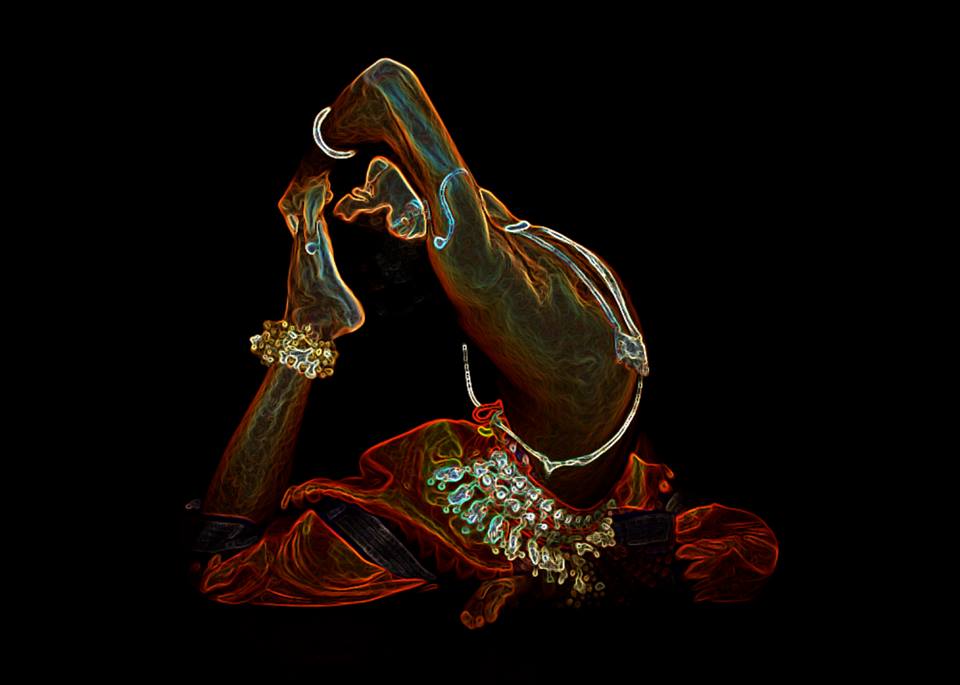Male Odissi dancers reclaim bastion with sheer brilliance
Bhubaneswar: Being a male classical dancer is not easy, especially in a country like India where gender stereotypes still dictate the choice of profession. Those who are passionate enough to take it up are often mocked and ridiculed. The struggle doesn’t end here. With the professional dynamics tilted in favour of female dancers, opportunities to showcase talent are few and far between.

The efforts to carve a niche and find the rightful place under the sun continue despite the fact that nearly 99 per cent of first generation dancers and guru were male. Gotipua, the precursor of Odissi, was also performed by boys dressed as girls. However, these days only a few solo male dancers thrive and can be seen on stage or dance festivals.

Odisha Sun Times spoke to some male guru and exponents to trace their journey in the field where women dominated for ages.
It was no less a struggle for Ratikant Mohapatra, son of the legendary Odissi Guru Kelucharan Mohapatra, to establish himself as a soloist. “The audience eyes are attuned to female body and its aesthetics. The organizers too are eager to rope in female dancers for a packed house. Female dancers too dominate the event posters, howsoever famous a fellow male dancer performing on the occasion maybe,” he said.

Mohapatra said it’s a mindset that may take a conscious effort on the part of male dancers to change. “They have to be well-qualified, intelligent and brilliant performers,” he said.
The art form is often not considered as something that can be pursued by the breadwinner. “Financial compulsion often force male dancers to take up teaching. They then find it difficult to maintain a balance between classes and performances,” he said.

Those who take up jobs in government schools end up teaching Bollywood and modern dance, he rued.
Guru Gajendra Panda seconded his views. “After passing out of different institutes, the dancers start taking tuitions to keep the hearth burning. You are left with little energy after conducting classes from 10 am to 10 pm,” he said.

After 1994, he stopped taking classes at home and instead concentrated on his performances and his dance school. “It was risk that I took since money was never a priority for me. I wanted the Debaprasad Das style to grow and win recognition. It helped and soon offers for events poured in,” he said.
However, he stressed that male dancers have to prepare themselves for the stage. “They need to have an appealing personality and a good understanding of stage presentation and style,” he said.

The Odissi guru said there has never been a concerted effort to change the mindset. “In 1996, the Sangeet Natak Akademi had conducted ‘Purusanga Festival’ which gave a platform to male dancers. However, it was a one-off thing,” he added.
The younger generation, including Saswati Joshi, Rahul Acharya, Debasis Patnaik, Lingaraj Pradhan, Prabhat Swain and Panchanan Bhuiyan, too have carried on with determination and dedication winning appreciation both from connoisseurs and critics alike.

They swear by the greats of Kelucharan Mohapatra, Debaprasad Das and Gangadhar Pradhan, who had audience spellbound with their performances.
Rahul feels he has been lucky. “My parents supported me wholeheartedly and I didn’t have to bother about my bread and butter, which allowed me to pursue my passion with single-minded devotion,” he said.

His dancing finesse has won him rave reviews.
A postgraduate in Biotechnology, Rahul said there is no mention of female dancers in Natya Shastra. “Shiva, the cosmic dancer, was also a male. It was Parvati, who brought lasya to dance to neutralize the vigour of tandav,” he said.

Most often than not, it is the male dancers who carry on the legacy of their gurus, he added.
Another young Odissi dancer, Saswat Joshi feels that talent speaks loud and clear. “I have been performing since the age of 17. This year, I travelled 16 countries, representing Odisha and Odissi,” he said.
 However, he admits that for a man to succeed in this field he has to be 100 times better than his female counterparts. “A dancer has to be well-groomed, dedicated and disciplined. The Sambalpuri dance, which we did in front of Eiffel Tower, got us noticed world over. In a way, we have to announce our arrival,” he said.
However, he admits that for a man to succeed in this field he has to be 100 times better than his female counterparts. “A dancer has to be well-groomed, dedicated and disciplined. The Sambalpuri dance, which we did in front of Eiffel Tower, got us noticed world over. In a way, we have to announce our arrival,” he said.

For Saswat, it has been an arduous journey from Titlagarh to the world stage. He is now busy creating the next line of male dancers. “In the next few years, I am hopeful of seeing more male classical dancers taking the stage and winning applauds,” he added.


Comments are closed.